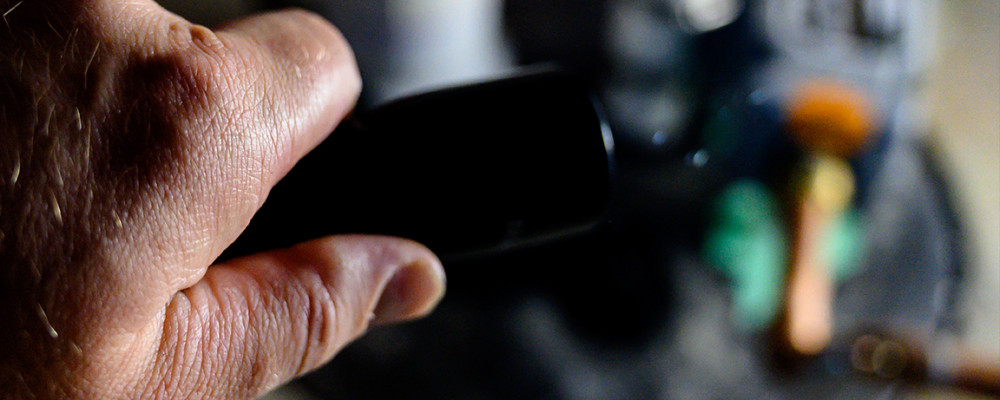The Three Critical Water Damage Restoration Steps All Business Owners Should Follow
Water damage is a rising concern for business owners, especially those who find themselves in the path of increasingly frequent severe storms. Flood damage alone costs billions of dollars in damage in the US every year, with roughly 800,000 commercial properties at risk of annual water damage as a direct result of flooding.
Failing to prepare for flood and water damage is a luxury that fewer and fewer businesses can afford. Whether you’re preparing a damage restoration plan for your business or considering what your options are in the immediate aftermath of a damaging water-related event, this article highlights the critical steps to take when it comes to water damage restoration.
Why Water Damage is Especially Insidious
Water damage is nothing new for businesses—burst pipes, roofing leaks, and other property issues are a fact of life.
But instances of water damage are rising, largely due to changes in our global climate and weather patterns. For example, as a result of sea level rise, large stretches of the U.S. Coast (Gulf region and Southeast Atlantic) are seeing as much as a 1,100 percent increase in high tide flooding days, also known as “sunny-day flooding”, from instances in the year 2000.
There are also dramatically increased rates of flooding along the entire US coastline (and across the country). In fact, since 2000, every calendar year has had at least one flood on at least 300 of its 365 days.
And sure, it’s true that life goes on and soaked buildings and furniture eventually dry up, that won’t necessarily eliminate the problem when it comes to water damage. Areas that stay soaked or damp for too long can become prime spots for the growth of molds, bacteria, and even fungus.
As part of their normal life-cycles, these organisms develop and release spores, or small clumps of cells, that can float through the air and grow into a new individual organism. When this happens, it can rapidly lead to air quality issues with the potential to harm our bodies and make us sick when we breathe them into our lungs.
Water damage can also threaten the structural integrity of your building. Experts make clear that even something as common as leaky plumbing can eventually lead to building collapse as water seeps into a structure’s foundation.
If you remember the Surfside Building Collapse just a few short years ago in Miami, Florida, it may be eye-opening to know that the leading theory for the collapse was improperly cast concrete, which allowed water to seep through and erode away the building’s steel scaffolding.
Finally, water can cause significant damage to your furniture, furnishings and equipment and with an appropriate restoration process you can avoid financial damages and mental stress.
Critical Water Damage Restoration Steps for Your Business
Needless to say, it’s critical to assess and address water damage immediately.
Although the specifics of water damage restoration vary depending on your business’s unique circumstances, business owners should always follow the same general steps:
- Don’t Enter the Area Until It’s Safe to Do So
Of course, you’re concerned about your business and eager to begin assessing the damage but remember that several hazards can arise from water damage. There may be a risk of electrical shock if standing water is present, as well as a heightened risk of electrical fires. Also, remember that in the immediate aftermath of a catastrophic weather event, emergency services may not be as responsive or accessible.
If you’re unsure, don’t enter the area until you get a green light from a professional. If the area is safe to enter, make sure to cut the power before you do anything else.
There are non-electrical considerations, as well. Be aware that waterlogged furniture may not be as stable and could crumble under the added weight. Broken glass and other objects on the ground may also pose a danger as you move around your property.
- Document the Damage, Review Your Insurance Policy, Contact Your Insurance Carrier
Regardless of your policy, insurance carriers will expect to see well-documented evidence of the damage. Make sure to photograph as much of the damage as possible, ensuring that the images are high quality and clearly show the damage.
As you document, it’s also worth reviewing your policy. Don’t delay in contacting your insurance agency to get the process started (especially if other businesses and residents in your area will be doing the same).
- Take Steps to Get Things Back in Order
It’s important to remove standing water from your business as quickly as possible, especially considering that molds can begin growing in as little as a day. This may involve renting a water pump or strong vacuum, which can often be done at your local home improvement store (if it’s open).
If there’s no standing water to dispose of, then get to work drying out the space with fans, humidifiers, open windows, etc. It can also be helpful to physically remove soaked furniture, furnishings, equipment and other possessions from the structure and work to dry them outside.
You’ll also need to have anti-mold sprays and cleaners handy to prevent anything harmful from growing.
When You Can’t Afford to Go It Alone, Call Sphaera
According to FEMA, two out of five businesses experiencing a natural disaster and/or catastrophic damage will never reopen their doors. Although preparedness planning is important, the asset losses, restoration costs, and downtime are enough to completely financially overwhelm a business.
Whether you need help dealing with your insurance carrier, repairing the damage, or making your business resilient to flooding-related events, contact the industry experts at Sphaera. We’re the best in the business when it comes to superior customer care and restoration quality. Learn more by visiting our website and giving us a call today!




